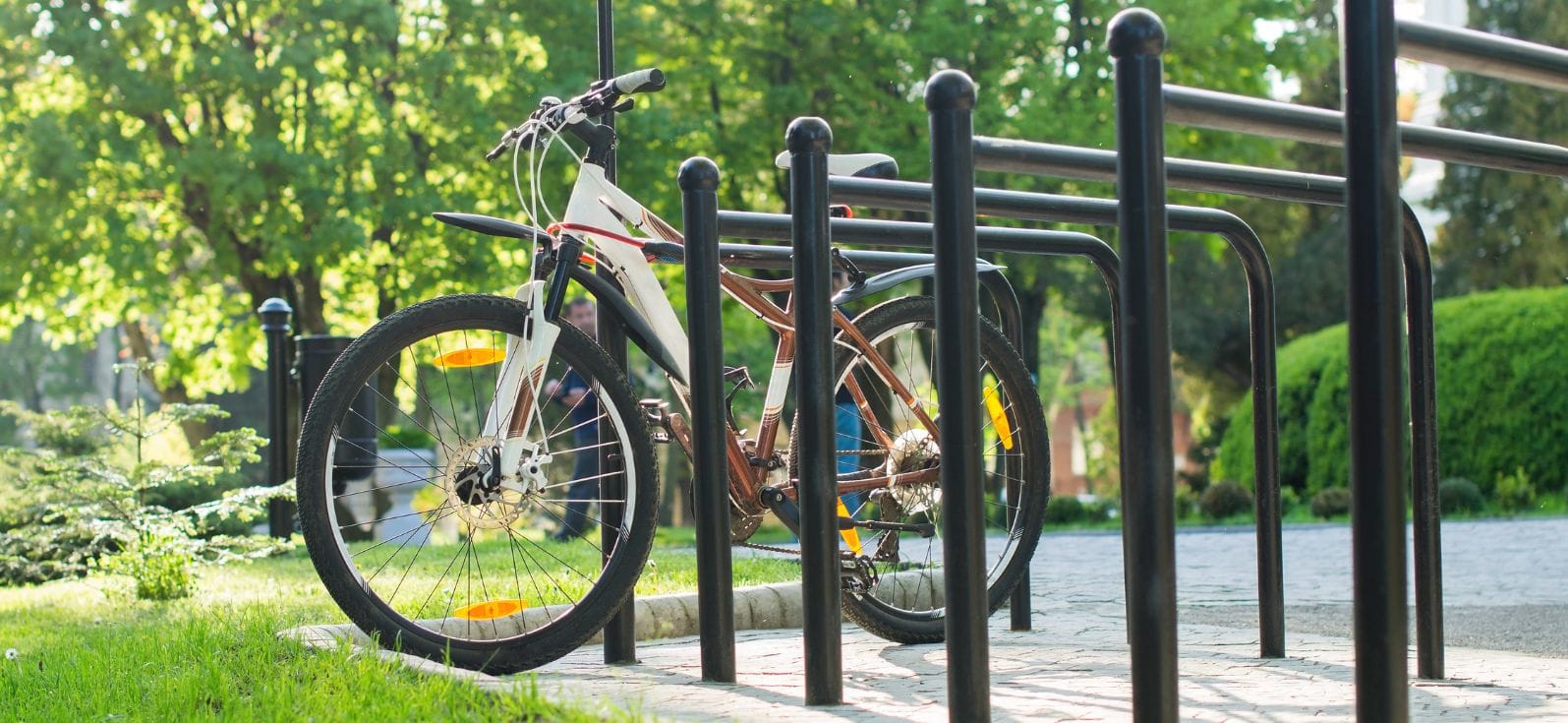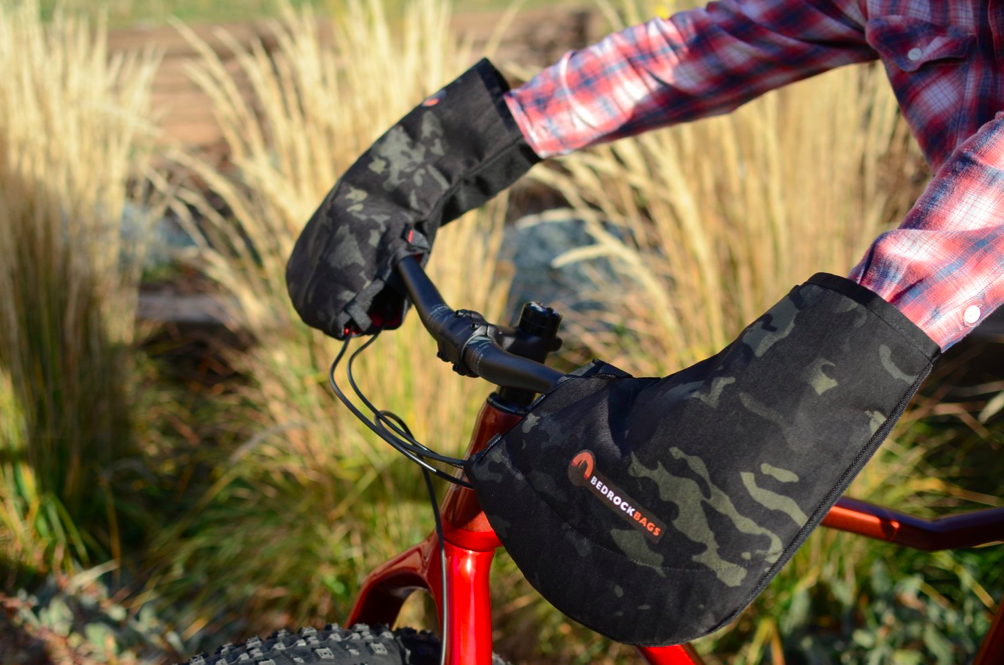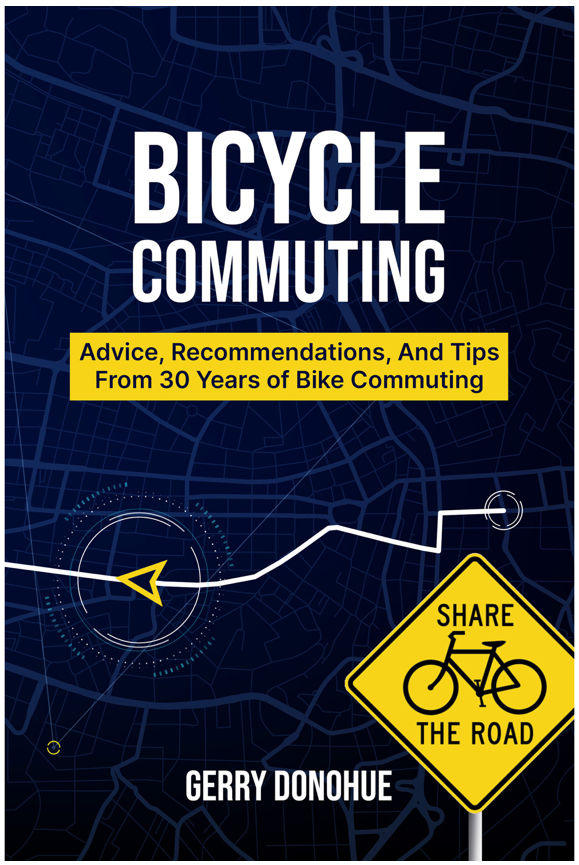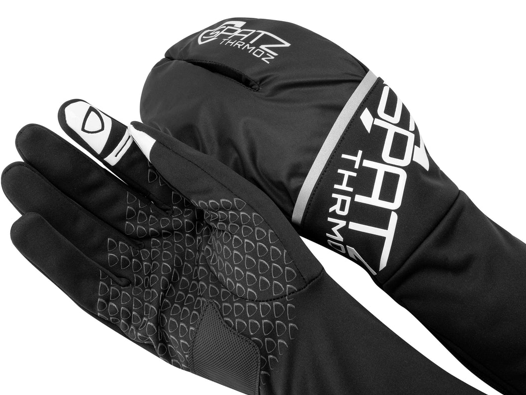Pedals & Pathways: On-Going Survey, Pogies, Bike Commuting, Deep Winter Gloves
When you use public streets you are responsible for the safety of yourself and of those around you. This is true whether you’re a walker, a rider, or a driver.


Navigating Manchester’s Urban Paths
“When you use public streets you are responsible for the safety of yourself and of those around you. This is true whether you’re a walker, a rider, or a driver.” — Anonymous
I can’t imagine a better way to begin.
In this edition, let’s discuss:
- On-Going Survey
- Pogies!
- Advice on Bike Commuting
- Spatz “THRMOZ” Deep Winter Gloves
Don’t Forget our Survey

We want to hear from you!
Tell us your thoughts and opinions on bike parking in our city. Take the survey at this link.
And please share the survey with all your friends! The more, the better!
Pogies!
You may think it’s crazy to ride a bike in the winter. But some people just need to get somewhere. If you need to ride when its freezing out, give your fingers a break with a pair of pogies, a.k.a. handlebar mittens.

What are Pogies? They are essentially oversized mittens that cover your handlebar grips, brake levers and shifting controls, and stay attached there. You insert your hands into them when riding. They block your fingers and hands from the wind and rain, and let your fingers stay much warmer than riding without pogies.

Check your local bike shop, or find them on Amazon starting around $30.
Advice on Bike Commuting

Gerry Donohue lives in Washington D.C. where he’s commuted to work by bicycle continuously since the mid-1980’s. He loves it so much he wrote a book about it, Bicycle Commuting, subtitled Advice, Recommendations and Tips from 30 years of Bike Commuting, published in 2021. Only $4.99 for the Kindle edition, hard to beat!
Washington’s way bigger than Manchester, but I’ll bet much of the book’s advice applies equally here. For example, from the book’s intro:
“Safety is the number one reason people give for not cycling to work. That’s not surprising. Sharing the road with 4,000 pound metal boxes moving at potentially lethal speeds can appear to be foolhardy at best and suicidal at worst.
“It doesn’t have to be. As I mentioned above, I’ve commuted across five decades among some of the most impatient and distracted drivers in the country – according to Allstate, DC drivers are the second worst after Baltimore – yet I have never been hit.
“Safety is the overriding theme of this book. Throughout these pages, I offer a host of strategies for minimizing the risk of by commuting and recommend specific actions that you can take to make your daily rides safer.”
A selection of chapter titles:
- Taking The Lane
- Why They Don’t See You
- Bicycle Weight
- Locking Your Bike
- Mapping Your Route
- What To Wear
- What To Carry
- How To Carry
- Light Up Your Life
- Support Your Local Bike Store
- Tires: Comfort vs. Durability
- All Bike Infrastructure Is Not Alike
- What To Do If You Collide With A Driver
From the first chapter:
Here’s the single best piece of advice for every by commuter.
Ride like you’re invisible.
Ride your bike as if the drivers around you can’t see you. Don’t assume just because you’re wearing a high-vis jacket, your bike is lit up like a Christmas tree, and you’re ringing your bell like a Salvation Army Santa Claus that they will know you’re right in front of them. Definitely take those precautions – you’re smart – but still ride like you’re invisible.
Why is this so important?
Because if drivers can’t see you, then you – and you alone – are responsible for your safety. If they don’t know you’re there, you can’t expect them to look out for you.
This may seem unfair and burdensome to the bicycle computer, but I think it’s the exact opposite. I find it empowering.
By taking the responsibility, you make your riding safer. You’re not relying on someone you don’t know – and who may be staring at their phone while sipping your morning coffee – to watch out for you. Instead, you’re watching out for them.
You have control of the situation. You determine the level of risk you’re comfortable with and how cautious you want to be.
Let’s be real. The balance of power on city and suburban streets is completely out of whack. The infrastructure is designed for drivers, the rules of the road favorite drivers, and drivers are behind the wheel of a vehicle that is more than 100 times heavier and moves vastly faster than your bicycle. To paraphrase the movie line, “You don’t want to be bringing a bicycle to a car collision.”
Accept the realities of the road and make them work for you.
Spatz “THRMOZ” Deep Winter Gloves
If your hands are cold, but Pogies don’t work for you, here’s another option. I have not tried these myself but they look fantastic, especially the fold-out lobster-claw wind blocking shell.

Spatz is a cycling clothing company in Yorkshire in the UK run by former pro cyclist Tom Barras. It started with a solution to keep feet dry, giving the company its name. Today they make many products, including these gloves.
From the Spatz website:
Super warm with an extra wind layer to deploy when things get biblical. They feature a YKK wrist zipper with easy-pull gripper to keep access easy as the temperature plummets.
They also feature an extra wind blocking “fold-out” shell which neatly folds away into a hidden pocket on the back of your hand. Enjoy the dexterity and feel of a 5 finger glove then pull out the hidden weapon when you need that extra barrier from the elements. Ready to sprint? Need to access your tools? Sure. Release the barrier shell and fold it away for later. Another dimension of warmth – at your fingertips.
The “Thrmoz” have a soft comfortable feel, using premium 4-way stretch, thermal material with a soft fleecy lining. The cuff is cut extra long to help to insulate those valuable blood vessels in your wrists and ensure the blood reaches your fingers as warm as it should. If you want to stop your radiators freezing, insulate your pipes.
They also have a “peepy index finger hole” to let you use your smart phone with the glove on your hand.

We have tough, grippy epoxy gel grippers on the palm, thumb and index finger for excellent grip, feel and dexterity. It’s important to feel the bars, gears and shifters and be at one with your machine.
A reflective strip and oversized epoxy gel logos add visibility.
We have added toughened areas on the pad covering the ulnar nerve and also on the thumb and first three fingers. These are the areas which traditionally rub and wear through on gloves. We’re bike riders. We wear through gloves.
Call for Input
We very much want to hear from you! Do you have any questions or concerns? What topics would you like us to cover? Send your feedback our way and we’ll get on it! We want to ensure this column meets your needs.
Stay safe and have fun out there!





